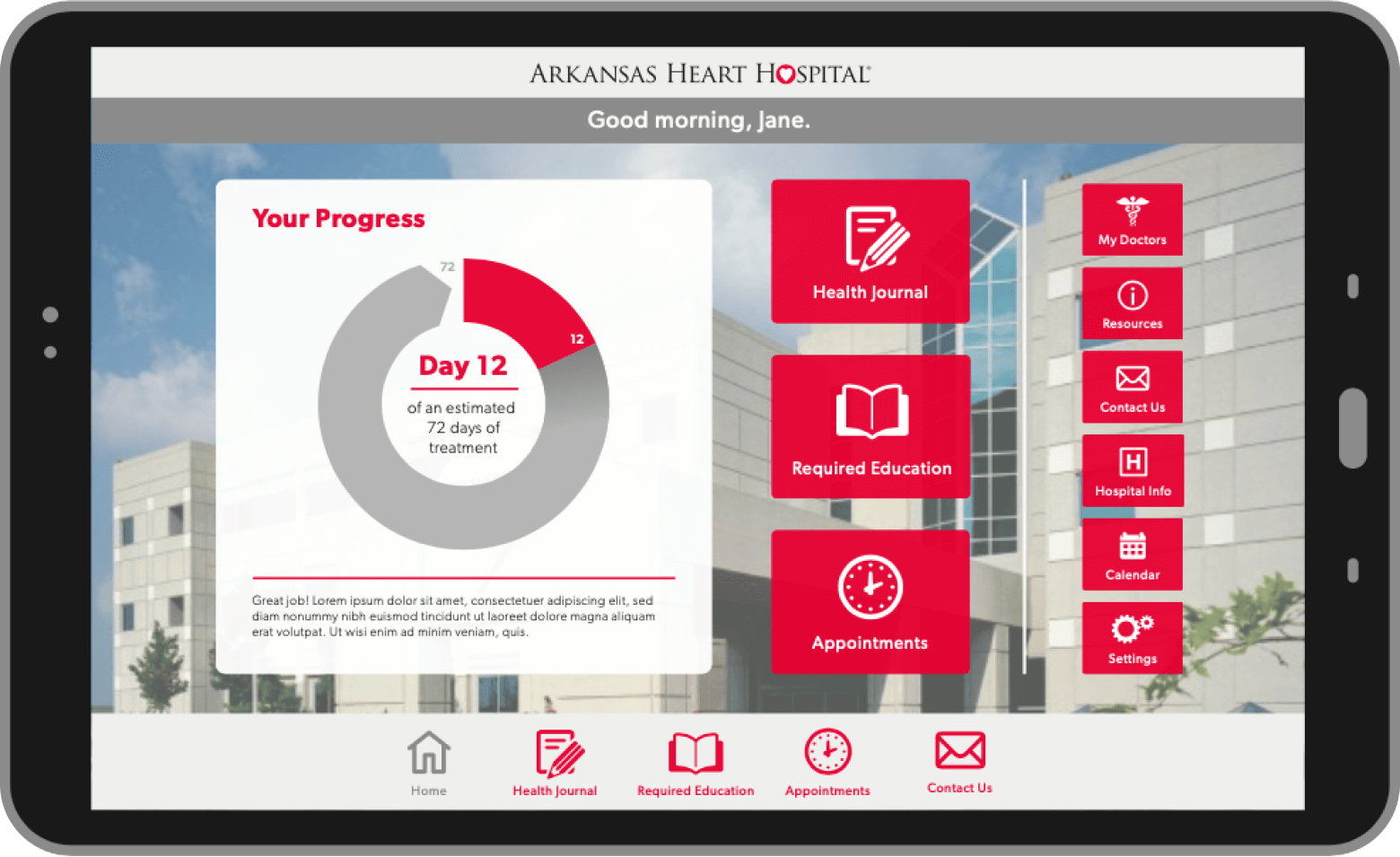

Health Diary App
-
Client:Belgium-based healthcare solutions provider.
-
Request:Developing a cross-platform mobile app for detailed documentation of the treatment process.
-
Result:Successful health journal app both business-wise and in terms of user (patients and medical staff) satisfaction.
-
Technologies:
- C#
- ASP.NET
- Xamarin.Forms
- HAPI FHIR
- Smile CDR
- Modernizr
- DevExpress
- Syncfusion
- Syncfusion Report Designer
- Validic SDK
- Visual Studio Team Services
- Azure Active Directory B2C
- Azure Blob Storage
- Azure SQL Database
- SQLite
Challenge
Our client is a healthcare solutions development company from Belgium (the company’s name is under NDA).
Based on the experience of collaboration with numerous healthcare organizations the company came up with the idea of developing a health journal app for mobile devices.
The global idea of the launch of a medical journal app was to prevent re-hospitalization with careful documentation of the treatment process.
Cogniteq development team was assigned to the project since we had experience in the healthcare industry, effective development process, and robust testing methods. Furthermore, the technological stack involved Microsoft products and our vast expertise in .NET was an excellent fit for the project.
Cogniteq developed a cross-platform mobile app based on Xamarin for Android and iOS platforms. One of the prerequisites was to store all medical record-related data in FHIR format.
Solution
The project team consisted of eight skilled experts - Developers, a Project Manager, and a Business Analyst.
The development of a medical diary app was carried out in two stages.
First stage. At this stage, our engineers developed the basic functionality and provided the required integration. Application data had to be entered manually.
Second stage. Our experts added an auto-population feature to the app. The app fetched data on the patient's activities and health condition through external IPs.



-
Educational ResourcesBefore the treatment starts it is essential that a patient gets all the relevant information on the treatment routine. For educational purposes the device pulls the necessary data from Azure Blob Storage. The details are synched during app initialization or by tenant-configured schedule.
Such resources as articles, presentations, and videos are tracked to be viewed in full so that the overall progress can be recorded and assessed. The resources can also be marked as optional so that the user only downloads them when interested.
All information is categorized using a tree-based structure. Resource assignment is based on the user level with UI organized in the web interface. -
Health recordsEach user’s health records in the medical health diary are stored in a format regulated by the FHIR (Fast Healthcare Interoperability Resources) standard. All healthcare-related records should be compliant with this standard. This forced the team to create another layer of users – FHIR users, which would be then linked to the user data stored in the Azure SQL database.
-
Health records include:
• Basic questionnaire (overall feeling, general notes)
• Vitals (blood pressure, heart rate, blood sugar),
• Medication list
• Laboratory test results
• Activity tracker (walking, running, sleeping, sports, etc.)
This data is stored on a Health Journal page where each page keeps records of one particular day. Vitals and lab test results can be viewed in a diagram to assess changes over time. -
Tenant-Based SolutionThe application is supposed to be used in different healthcare organizations and therefore the team set up separate B2C Azure Active Directory instances for patients and hospital staff.
Azure AD instances are configurable in terms of using the Federated login feature, which would allow us to login via Facebook, Twitter, etc.
Mobile app UI is metadata-driven so the tenants are able to customize the information processed by the application. -
FHIRSince safe exchange of healthcare information and compliance with industry standards and regulations was the client's priority the team was obliged to use the FHIR data format. All the application data is stored in the FHIR format with the exception of data required for user registration/authorization in the app.
Result
-
The health diary app has been successfully tested on real patients in the hospital.
-
The software functionality met the needs of both patients and medical staff.
-
According to feedback received the app made it much easier to monitor the daily activities of the patients.
-
Our client was very pleased with the effective business collaboration with the project team. Upon application launch, we were asked to undertake several more healthcare projects.



